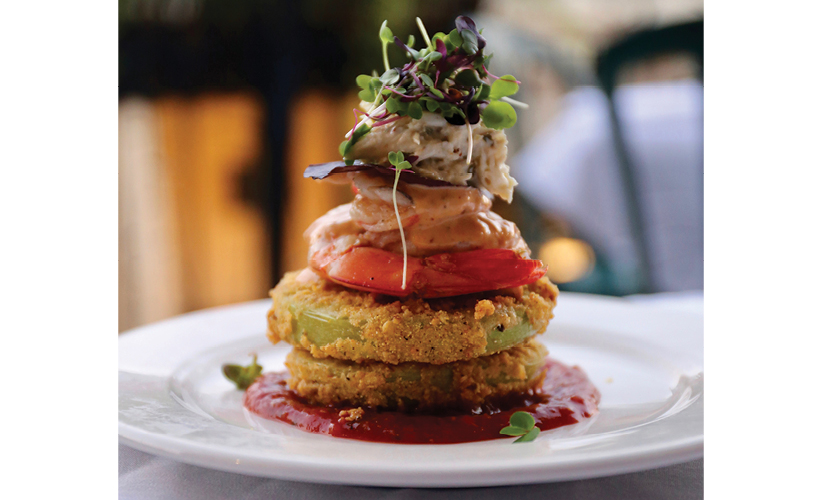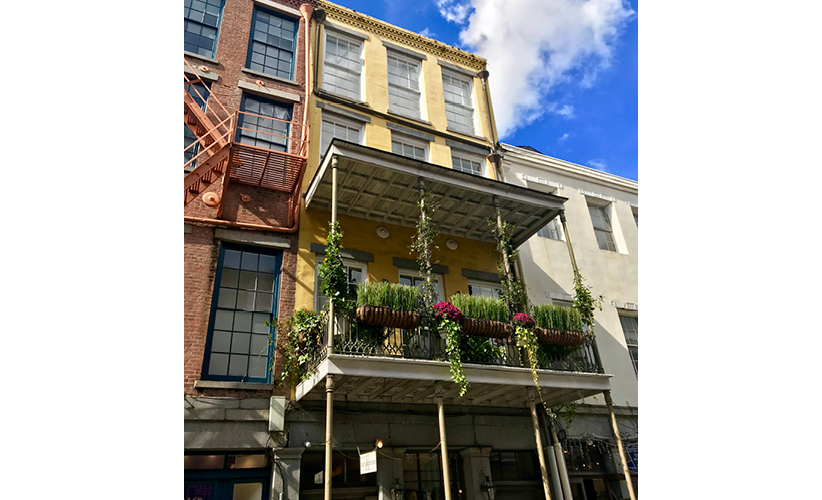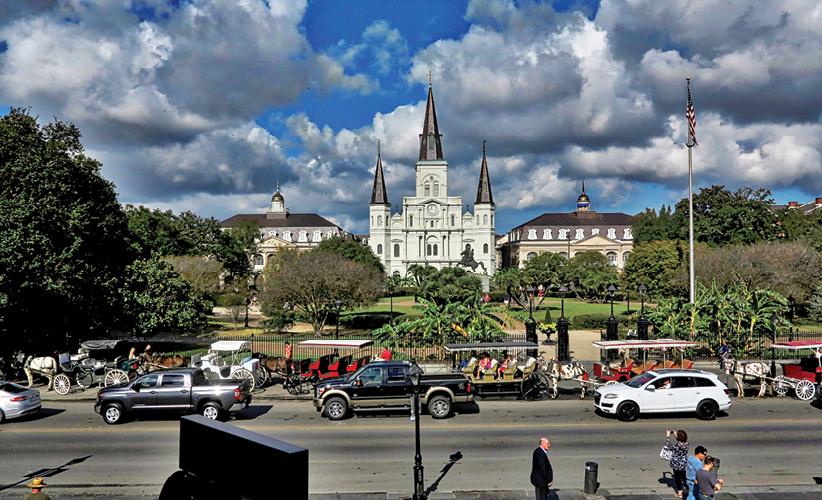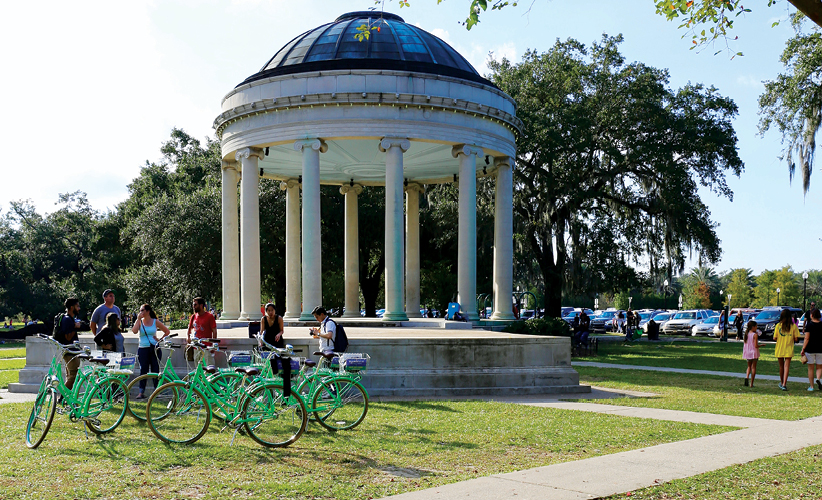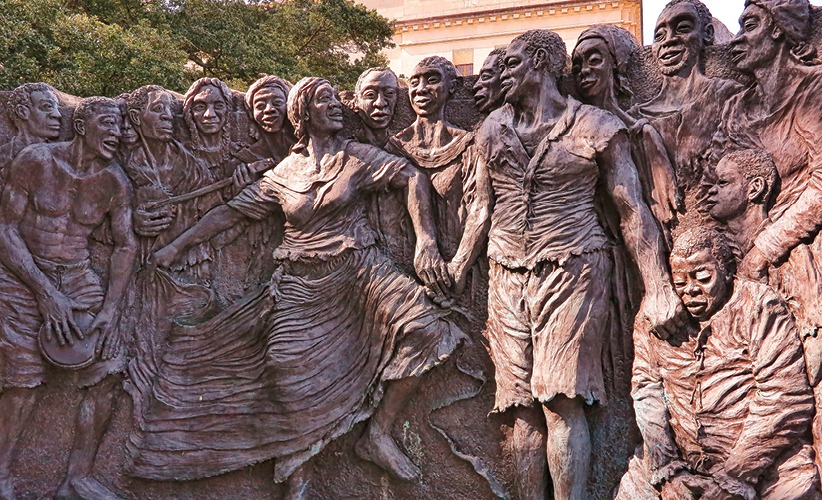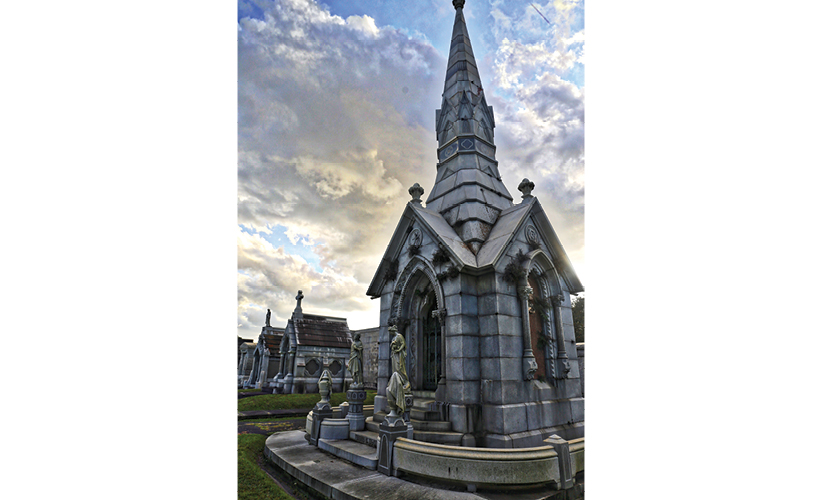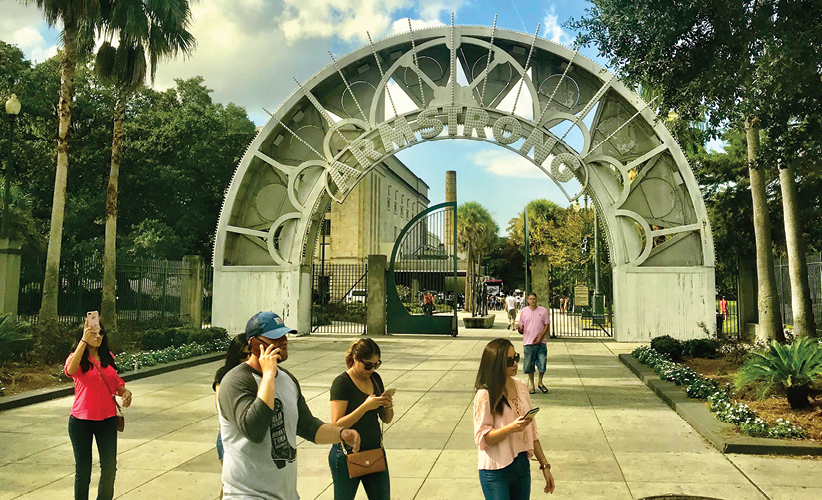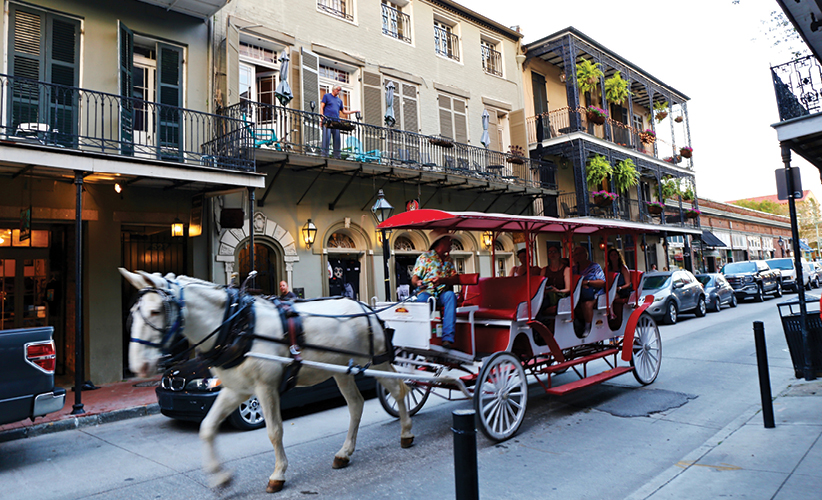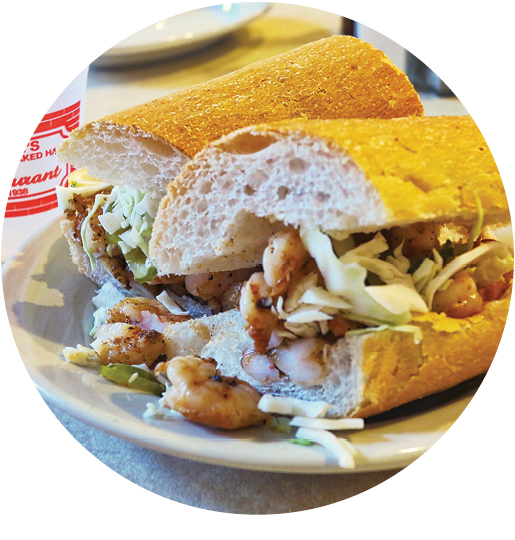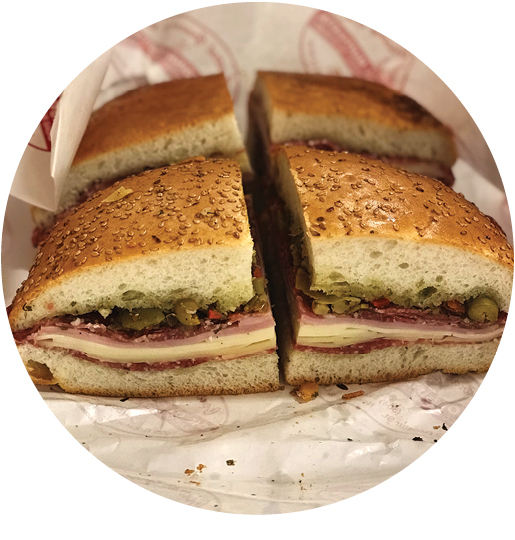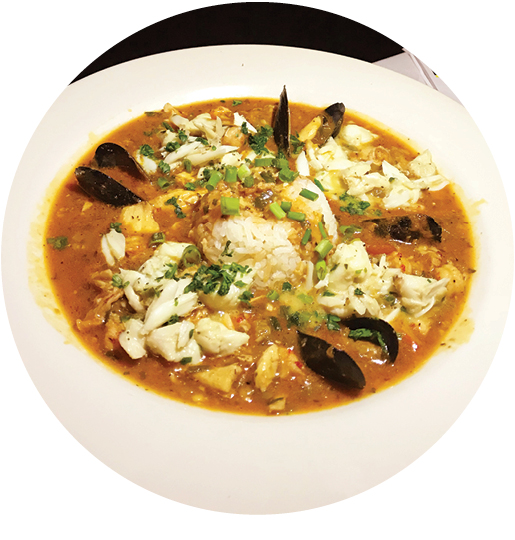I’ve dreamed of visiting New Orleans for as long as I can remember. The city’s iconic dishes are arguably America’s most important cultural cuisine. Food like jambalaya, gumbo, crawfish etouffee, beignets, dirty rice, po’boys and chicory coffee are what makes this Louisiana city mythical in my mind. They held so much meaning for me, that I wondered if tasting them on their home turf would be a disappointment.
I shouldn’t have worried. New Orleans was everything I expected, and So. Much. More.
The First Europeans Came to New Orleans in 1718
To appreciate the heritage cooking associated with NOLA, as the locals call the city, you must understand New Orleans’ complicated history. Like much of the East Coast of North America, Louisiana’s native Americans saw the first Europeans explorers in the 1500’s. The earliest Europeans to settle in the swampy Gulf Coast region arrived in 1718 led by French tradesman Jean-Baptiste Le Moyne de Bienville. Bienville founded the town on a crescent-shaped bend in the Mississippi River, naming it after France’s Duke of Orleans, and now three centuries years later, New Orleans commemorates its 300th anniversary.
The Treaty of Paris in 1763 transferred the territory to the Spanish Empire, then Great Britain fought Spain for New Orleans. In 1803, the French again took control over the region, and sold the land to United States in the profitable exchange known as the Louisiana Purchase. That was when the U.S. officially changed New Orleans’ official language to English and began a prosperous slave market here. However, Louisiana was also home to free people of color known as the Creole community; they are descendants of the union between many European and African citizens. The port city continued to grow, with immigrants from the Caribbean, Germany, Ireland and Italy.
Residents of New Orleans quickly adapted European and African dishes to incorporate crops that could survive in the surrounding bayou. “The mixing of cultures played an important role in the development of New Orleans culinary history, but so did the terrain.” explains Jyl Benson, of New Orleans’ Southern Food and Beverage Museum (SoFAB). Benson teaches cooking classes at SoFAB. She prepared jambalaya while explaining the history of this evolving cuisine. If you visit, stop at SoFAB’s market and restaurant to buy local spices, cookbooks and taste an authentic Cajun meal.
How to Best Enjoy Mardi Gras
New Orleans is well known for its legendary holiday Mardi Gras, which I mistakenly believed was just one day called “Fat Tuesday.” A tour I took at Mardi Gras World, a gigantic workshop on the New Orleans waterfront, quickly dispelled that myth.
Preparation for Mardi Gras is actually a year-long effort, where locals build colorful floats, plan extraordinary balls, and organize mile-long parades. Mardi Gras season actually starts on January 6, when the locals begin baking their famous King Cakes. These decadent cakes originated with the French people who, since the 12th Century, have celebrated the Catholic’s Feast of the Epiphany with a King Cake. Although King Cakes are only available during the lead up to Mardi Gras, Mardi Gras World offers guests a slice at the end of every tour.
Each year Mardi Gras lasts between one and two months, depending on the Easter calendar. To determine the Fat Tuesday, start from Easter Sunday, and count back 47 days. Visit anytime during the last two weeks leading up to Fat Tuesday, and you’ll catch multiple parades marching through the streets of New Orleans.
Work off all that Great Food on a Bike Tour
One exhilarating way to explore New Orleans is on a Free Wheelin’ Bike Tour through the Garden District. This neighborhood of antebellum homes is the perfect opportunity to learn more about New Orleans’ culture. The guide leads you on easy-gliding bikes through streets lined with exotic gardens and graceful homes. Built on cotton plantations, wealthy Americans sought to escape the frantic French Quarter, and subdivided the farmland to build Victorian-style houses among 100-year-old live oak trees. The Garden District is home to a few of New Orleans’ renowned residents including Sandra Bullock, Brad Pitt, Peyton, Archie and Eli Manning, Nicholas Cage and author Anne Rice.
Free Wheelin includes a stop in St. Louis Cemetery #1, a must-see to better understand the town’s unique history. In New Orleans, graves are built above-ground due to the low-lying landscape. While walking through the cemetery, you’ll hear captivating stories of the city’s infamous heroes and villains. Citizens like Marie Laveau, a voodoo priestess who placed powerful “spells” on people. She is said to be buried in Plot 347. Also buried here are Homer Plessy, the plaintiff in the Plessy vs. Ferguson Supreme Court case, and Delphine LaLaurie, a vicious slave holder. There’s even an Egyptian pyramid-shaped grave waiting for Nicholas Cage when he dies.
Where to Stay in New Orleans
I wanted to be able to walk the eclectic streets of the French Quarter, but avoid Bourbon Street, where revelers party late into the night. I chose the Windsor Court, a Forbes-Four Star hotel with a sumptuous spa, fitness center and pool. Windsor Court is beloved for its high tea service in Le Salon on weekends. The hotel is likewise the perfect place to relax and take a break from New Orleans’ bustling city streets, but still be steps away from the action.
For three centuries now, New Orleans has welcomed visitors to its playful streets to sample its unparalleled cuisine. Despite the ravages of Hurricane Katrina thirteen years-ago, New Orleans is enjoying a beautiful renaissance, and is better than ever. Don’t miss your chance to explore this one-of-a-kind American city.
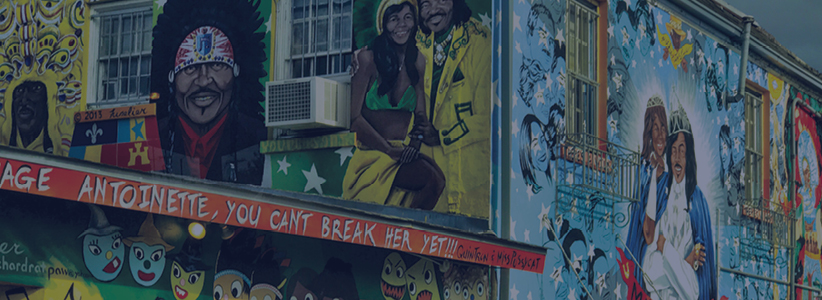 Where to Find New Orleans’ Iconic Dishes
Where to Find New Orleans’ Iconic Dishes
Cafe Du Monde
Established in 1862, this cherished coffee shop is open 24/7. Located in the French Quarter, you’ll find New Orleans’ well-known beignets—square donuts sprinkled with powdered sugar—and Café au Lait, a combination of chicory coffee and milk.
Cafedumonde.com
Central Grocery
Opened in 1906 this small Italian market is famous for making the original Muffaletta, a heaping sandwich on a soft, round roll, topped with sesame seeds, and stuffed with layers of cold meats, cheeses and tangy olive relish. It’s huge, but you can buy it by the quarter.
Centralgrocery.com
Katie’s Restaurant & Bar
This local favorite opened in 1984 in Mid-City, a neighborhood outside the touristy areas of NOLA. It was closed after Hurricane Katrina, but like so many, reopened and serves outstanding eggplant fries with red sauce and crispy baked oysters. It’s hard to find a friendlier place to dine.
Katiesinmidcity.com
Gumbo Shop
Located in the French Quarter, this multi-level restaurant has a lovely patio and offers all New Orleans’ classic dishes along with nearly a dozen versions of its namesake, Gumbo. Gumbo consists of long grain rice with a choice of seafood, meat or veggies, encased in a spicy brown gravy. Divine.
Gumboshop.com
Cafe Sbisa
This romantic restaurant has a trendy bar, but it’s one of the oldest dining spots in the city. Craig Napoli, the owner, has his own dock where he sources his daily catch from the Gulf. Don’t miss the Courtbouillon, a traditional Creole stew with fish, shrimp, mussels and crab in a spicy sauce.
Cafesbisanola.com
Mother’s
This 70-year-old institution serves breakfast all day but is beloved for their Po Boy sandwiches on soft rolls with ingredients like fried shrimp, roast beef, oysters and more.
Mothersrestaurant.net
Pictured at top: Dine under sparkling lights in the Court of Two Sisters’ Outdoor Garden.


